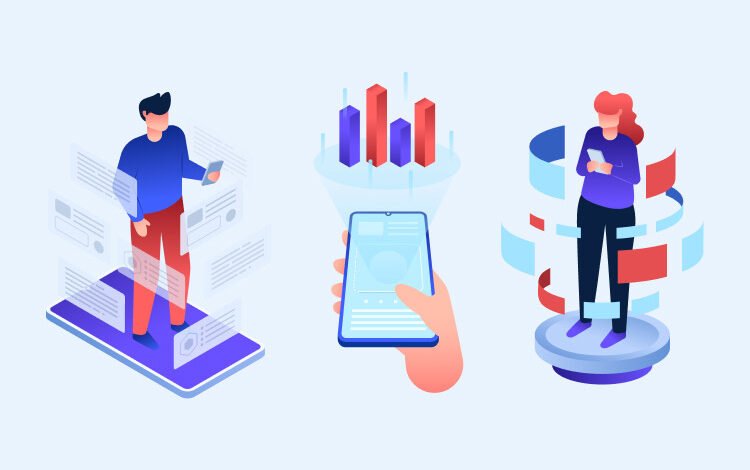Top Trends in Android Development for 2021

What will be the top trends in Android app development for 2021? It’s hard to say without looking into the future, but we can make some educated guesses based on current trends and stats. The following are five likely trends you’ll see in Android app development by 2021.
1) Design Patterns
Material design has become one of, if not THE standard when it comes to developing apps. Gone are the days where you only have to worry about making your app look good enough – Google has created the material design, a visual language that’s accessible on every device imaginable.
The material design lays out all of your app’s content, making sure that when viewed on any device, your users will always be able to find what they need. Although the material design isn’t mandatory when developing an app, it’s hard to ignore just how useful it is to have an interface that just works.
2) Testing and Quality Assurance
Google has announced that starting with Q1 2020, all apps on Google Play must have automatic crash reporting implemented. While there are many crash reporting solutions out there, Google recommends using Firebase Crash Reporting due to its simplicity and cross-platform compatibility. However, if you’re looking for an open-source solution you can build your own on top of ASAN/Valgrind/Memcheck. And finally, Appium is also worth considering for testing on mobile devices.
In addition to a robust testing framework, a testing strategy is essential. In today’s climate, it’s not enough to just run unit tests and then call it a day. Developers need to consider tools like static analysis and linting, dynamic security testing with Brakeman or Brakeman Pro, vulnerability scans with Brakescope, code quality metrics with Code Climate or Shippable, etc.
3) Progressive Web Apps
If you’re looking to build a mobile-ready business, Progressive Web Apps (PWAs) are an increasingly popular choice. These apps combine various components of native and web-based platforms, meaning that they operate on devices that don’t support full app stores—Android browsers and those on older iOS versions come to mind. It also means they can be more secure and can update themselves automatically. If you think your business might go global one day, building a PWA is worth considering.
The technology has become so popular that Google’s Chrome team has released an update that will help users install PWAs—and soon, they may even start to take over from native apps. The update allows users to receive notifications on their desktops or laptops, which means it could be useful for businesses who want to keep users engaged with their platform even when away from their phone or tablet.
4) Microservices
Microservices are a technique used to break a large app up into a number of smaller independent services. This is generally done to improve scale and reuse, allowing teams to work on different aspects of an app independently. While there aren’t any particular trends at play yet, expect microservices to become even more prominent as mobile apps grow increasingly complex.
A microservice typically handles a specific task, such as handling payments, serving content, or doing search indexing. Separating a mobile app into a number of microservices has a lot of benefits. Individual microservices can be scaled easily and independently of each other—unlike monolithic apps that have all of their code in one large application package. In addition, individual teams can work on different aspects of an app simultaneously without stepping on each other’s toes.
5) AI/ML/DL & Deep Learning
It’s hard to predict exactly how much these technologies will affect our day-to-day lives by 2021, but they have a lot of potentials. AI/ML/DL has already infiltrated our phones and watches, and it’s used to collect data about us every time we search on Google or social media. We need to be aware of what companies can do with that data—and those possibilities will only increase as AI becomes more powerful and accessible over time.
AI/ML/DL will also continue to make our phones faster and more powerful. Google’s Pixel, which is already pretty speedy, uses AI to predict what users want next based on past actions. That way, there’s no need to wait for apps to load before starting them—the phone anticipates your needs. AI will also be important as smart home devices become more common; predictive maintenance can help extend hardware lifetimes by fixing problems before they occur.




